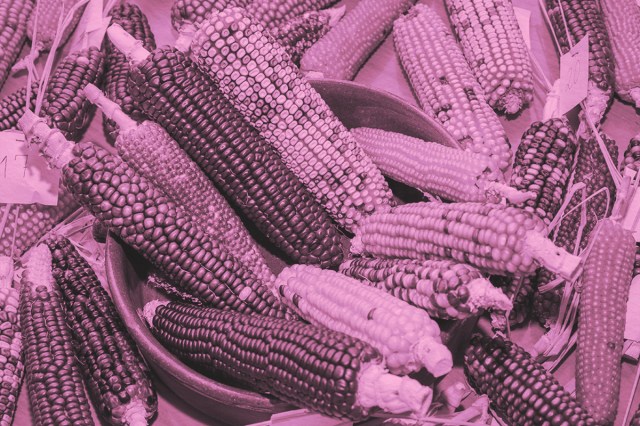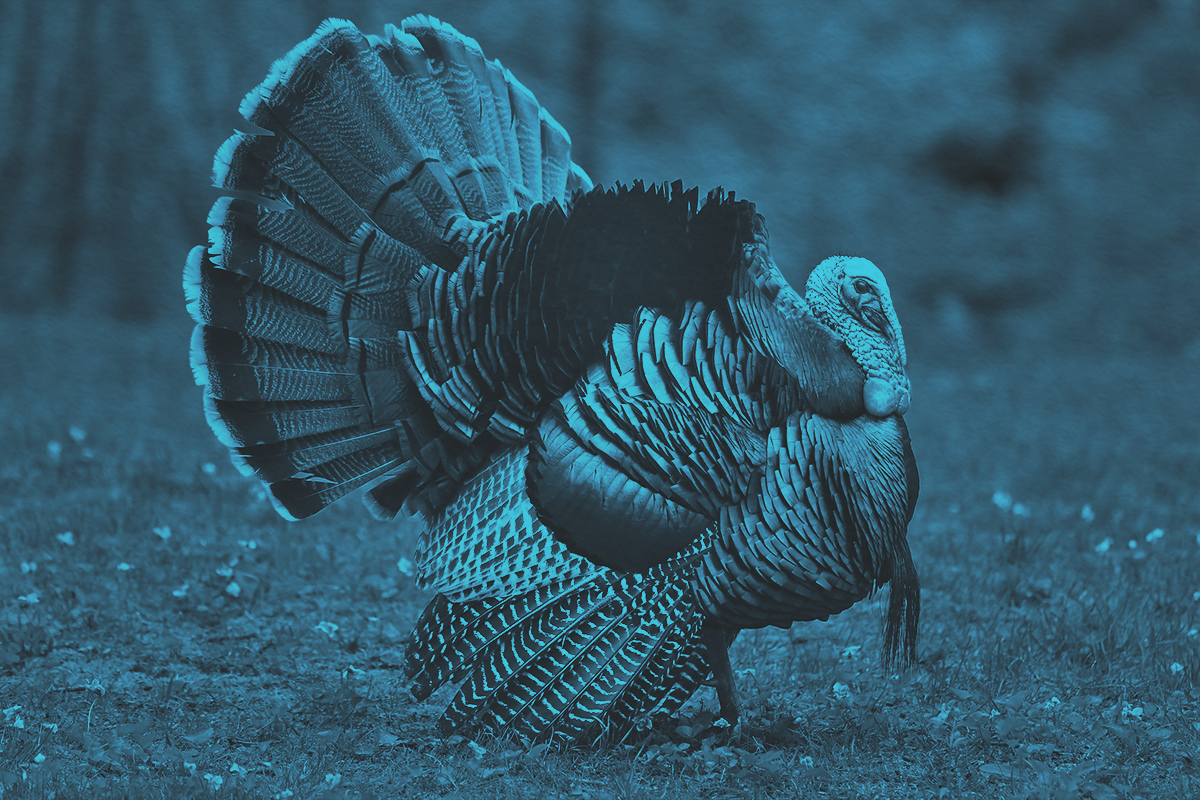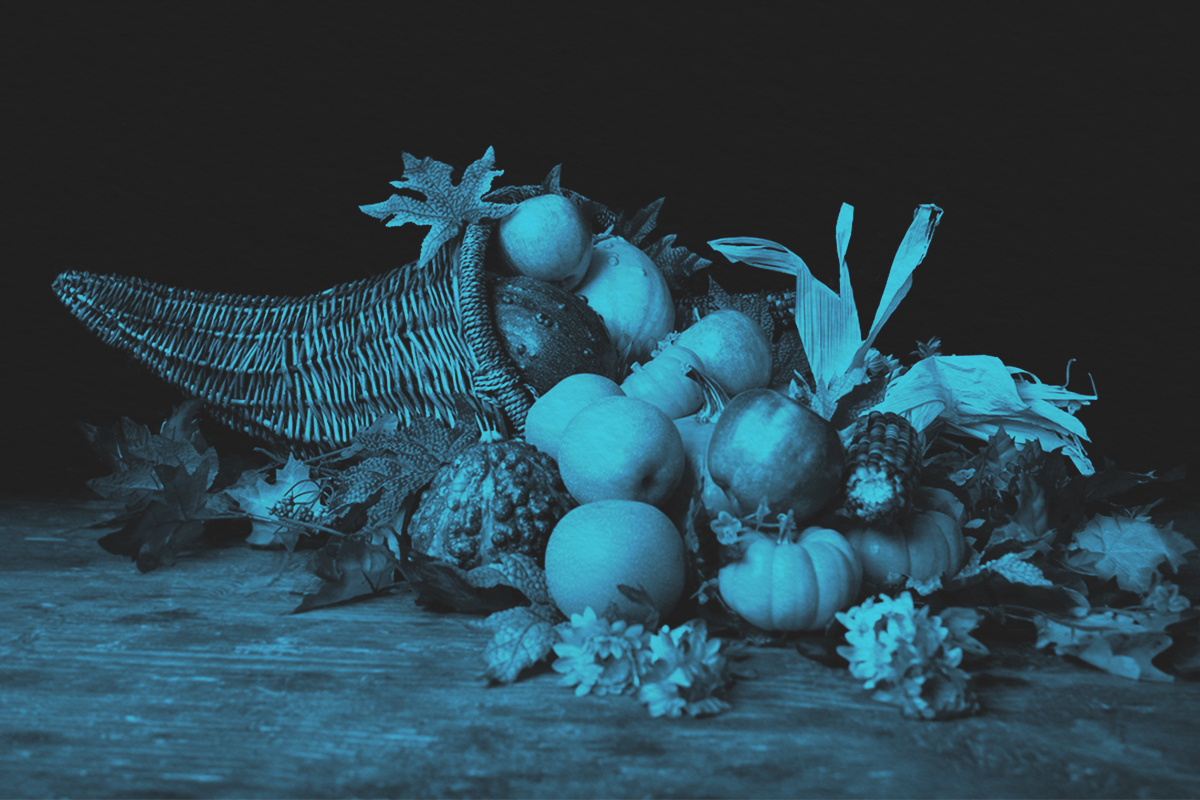
Certain foods are tied to specific holidays and times of year. We might eat corn year-round, but we tend to talk about maize specifically in the fall months, at least in the United States. References to the latter crop are usually tied to the Thanksgiving holiday, but around the world, there’s a much broader usage.
So what’s the difference, if any, between maize and corn? If we’re talking about the cereal plant scientifically known as Zea mays, then corn and maize are the same thing. Zea mays was first domesticated by Indigenous peoples in what is now southern Mexico about 10,000 years ago, from a wild grass called teosinte. Later, when European explorers arrived in the Americas and encountered the golden-kerneled grain, they needed a name for it. And this is where things get more complicated, etymologically speaking.
The word “maize” comes from the Spanish maiz, which itself derives from the Indigenous Taíno word mahiz, referring to the Zea mays plant. The Taíno people inhabited the Caribbean islands where Columbus first landed, and while the Europeans likely didn’t know the impact the crop would have, they sent it with the first shipments to Europe. Following the Columbian exchange, the word “maize” stuck, and the name for this staple crop entered European vocabularies (with various similar-sounding derivatives). Today, “maize” remains the preferred term in much of the world to refer to the crop Zea mays, and it’s commonly used in scientific contexts and in international trade.
Then, of course, we have the word “corn.” The word “corn” comes from Old English and Germanic, in which it could refer to a single seed of a wide range of cereal plants, or a range of plants that produce grain when growing in fields. “Corn,” therefore, didn’t refer to a specific plant, but it could be locally understood as denoting whatever crop happened to be most common in a particular area. In England, for example, “corn” might refer to wheat, while in Scotland and Ireland, it meant oats. Later, when English settlers arrived in North America and encountered maize — which became their main grain crop — they called it “Indian corn” or just “corn.” Over time, “corn” became exclusively associated with maize in North America — ultimately creating some linguistic confusion across international borders.
Today, when Americans say “corn,” they are referring specifically to maize. But in British English, “corn” can still carry its older, broader meaning — potentially encompassing a range of cereals including wheat, rye, barley, oats, and maize. This is especially true in the case of crop fields. When a native of the United Kingdom refers to a cornfield, that field could contain wheat, barley, or maize. In a British supermarket, however, you will see the word “corn” labeling products such as sweet corn and corn on the cob. So, while maize and corn are exactly the same in relation to the crop Zea mays, the precise usage and meaning of “maize” and “corn” can change to varying degrees depending on where you live and who you’re talking to.




















